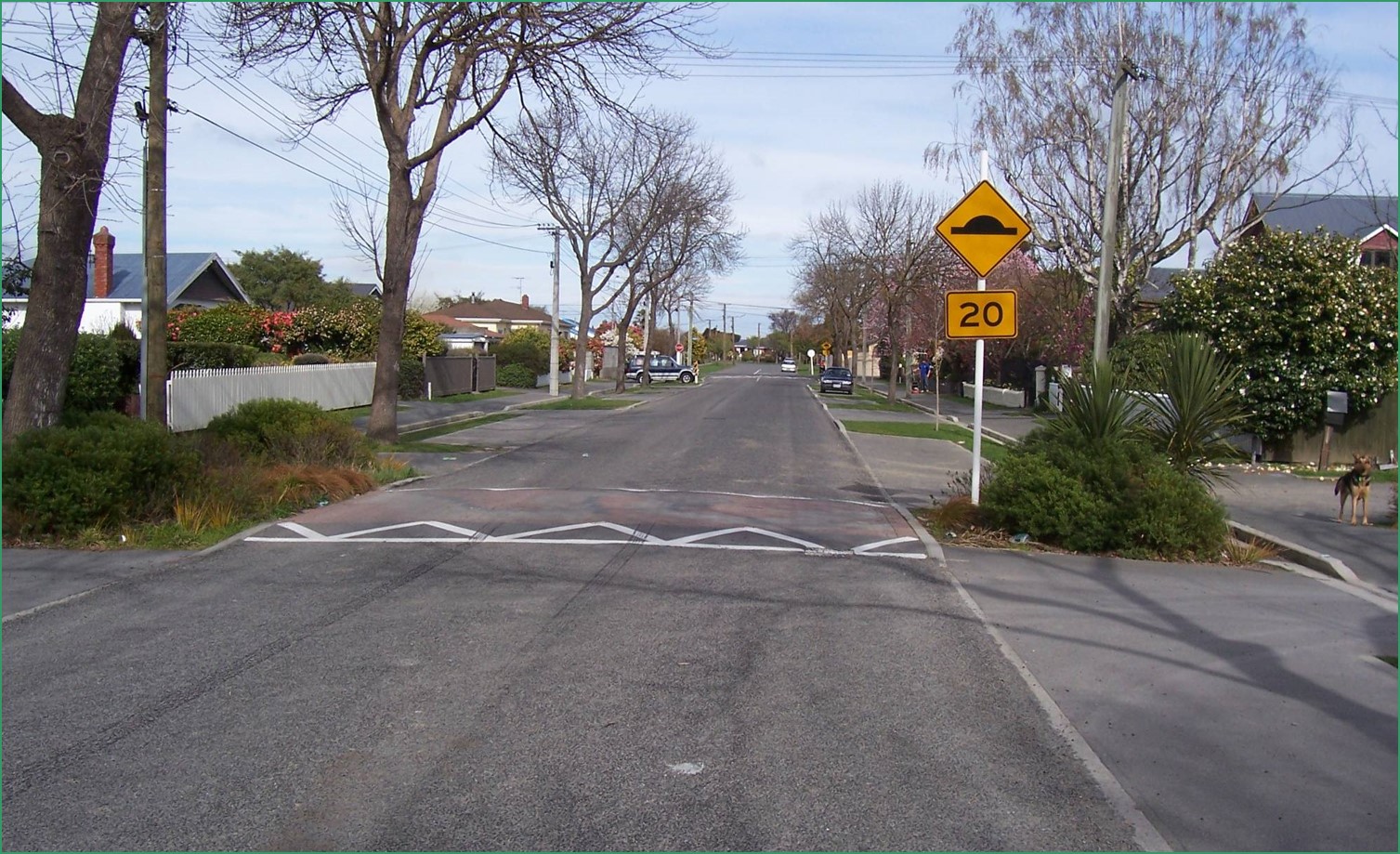 Glen Koorey presented at the 2013 Transportation Research Board Annual Meeting (Washington DC) on studies investigating whether a suitable maximum traffic volume on local streets could be identified. A residents' survey on four conventional "local" streets with varying traffic volumes in Christchurch found that those living next to higher volumes felt that their streets were busier, noisier, less safe and they tended to have less personal involvement and/or knowledge of their neighbours. An appropriate environmental capacity appeared to be around 1,500-2,000 vehicles/day.
Glen Koorey presented at the 2013 Transportation Research Board Annual Meeting (Washington DC) on studies investigating whether a suitable maximum traffic volume on local streets could be identified. A residents' survey on four conventional "local" streets with varying traffic volumes in Christchurch found that those living next to higher volumes felt that their streets were busier, noisier, less safe and they tended to have less personal involvement and/or knowledge of their neighbours. An appropriate environmental capacity appeared to be around 1,500-2,000 vehicles/day.
A subsequent study looked at further Christchurch streets with treatments such as street calming and tree plantings, and a higher environmental capacity of around 2,000 vehicles/day was found for the surveyed streets. This suggests that appropriate street treatments can increase the environmental capacity, which has implications for local councils who want to maintain road traffic carrying capabilities without having unsatisfied residents.

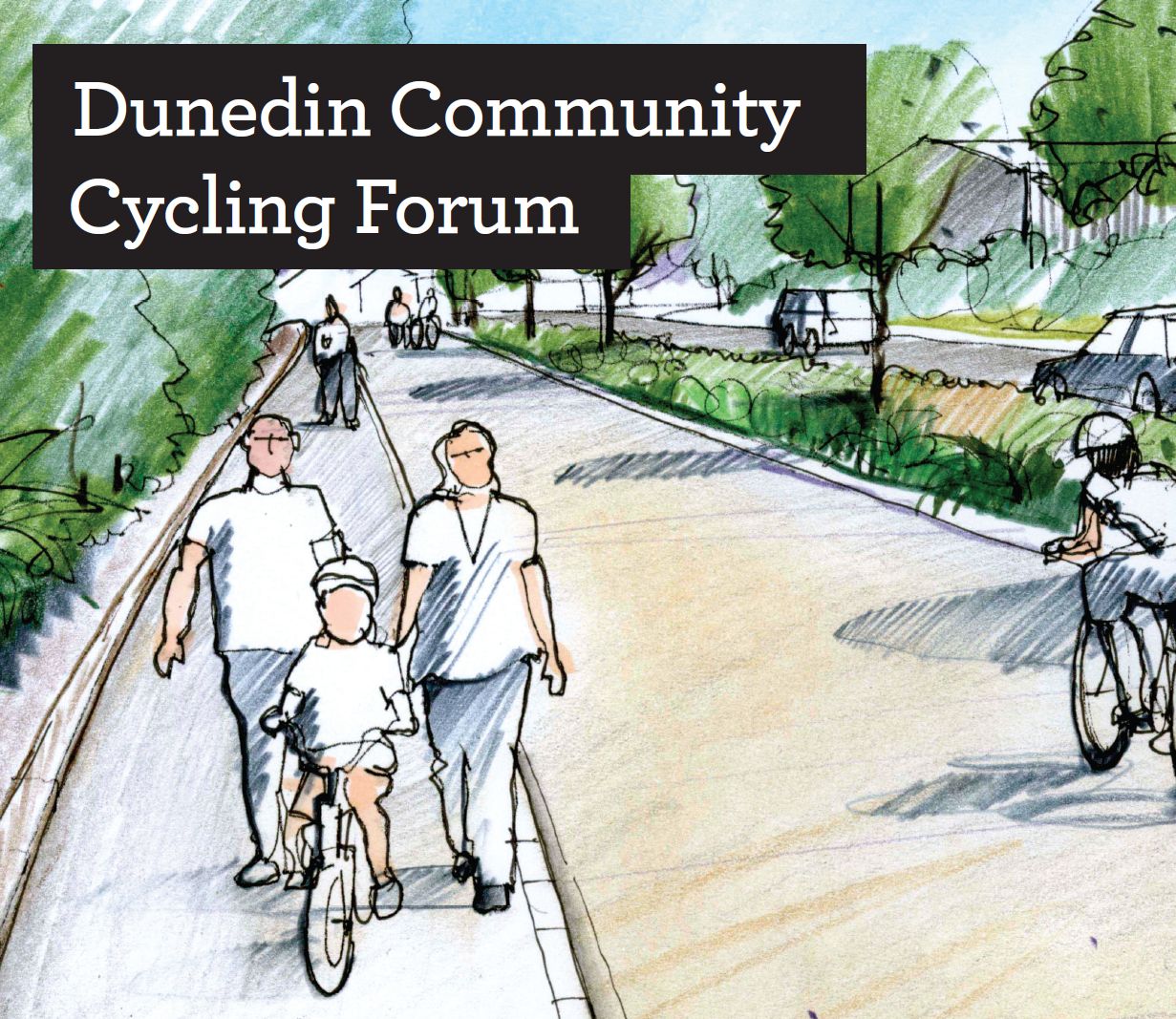 As part of the consultation on the proposed South Dunedin cycle network, Dunedin City Council organised a Cycling Forum. Despite a very wet night, 100 people crammed into a conference room at Toitu to listen to eight speakers. ViaStrada's Axel Wilke presented on the rationale behind the network planning for South Dunedin.
As part of the consultation on the proposed South Dunedin cycle network, Dunedin City Council organised a Cycling Forum. Despite a very wet night, 100 people crammed into a conference room at Toitu to listen to eight speakers. ViaStrada's Axel Wilke presented on the rationale behind the network planning for South Dunedin.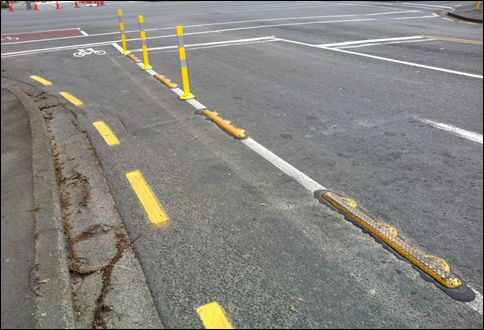 ViaStrada is carrying out research on bicycle lane separators for VicRoads.
ViaStrada is carrying out research on bicycle lane separators for VicRoads. 
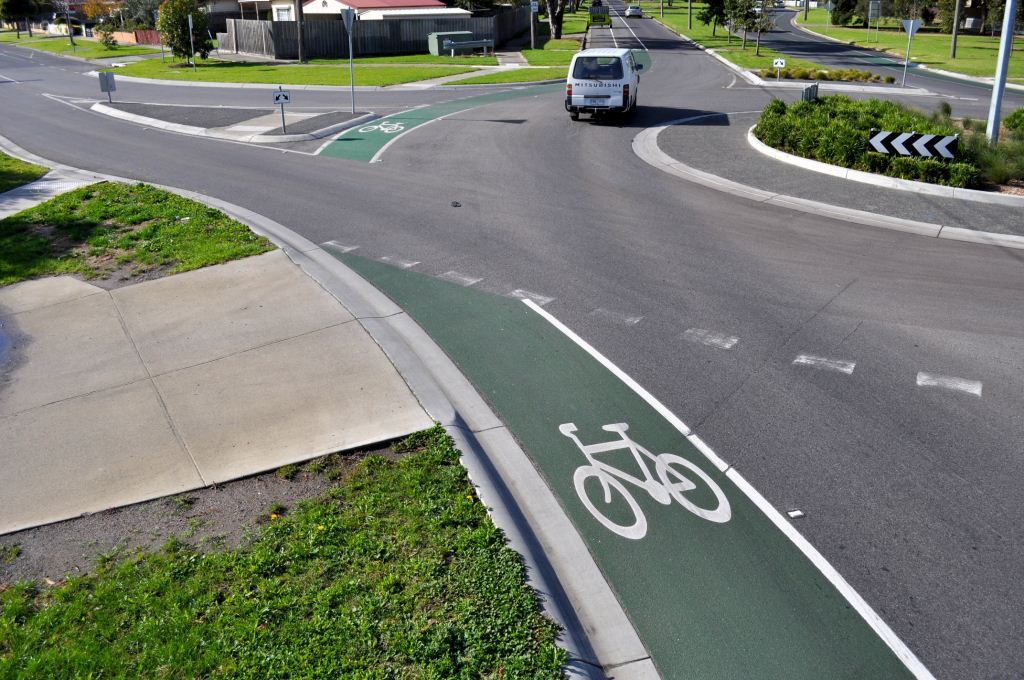 ViaStrada and
ViaStrada and 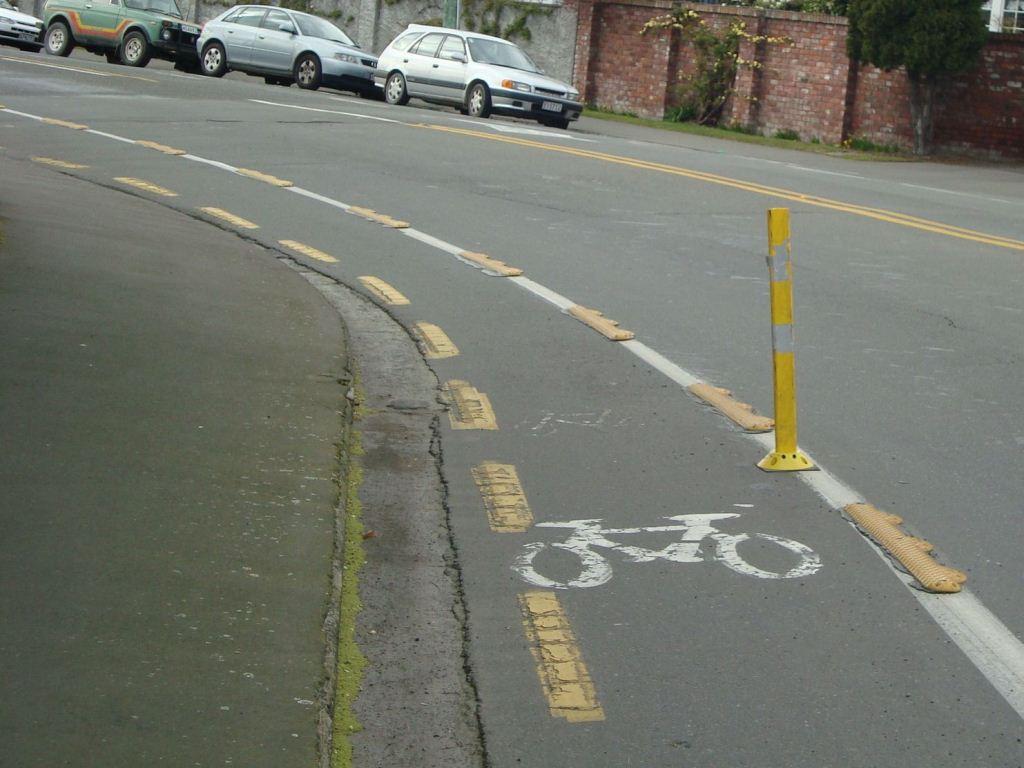 ViaStrada is carrying out research on bicycle lane separators for VicRoads.
ViaStrada is carrying out research on bicycle lane separators for VicRoads. 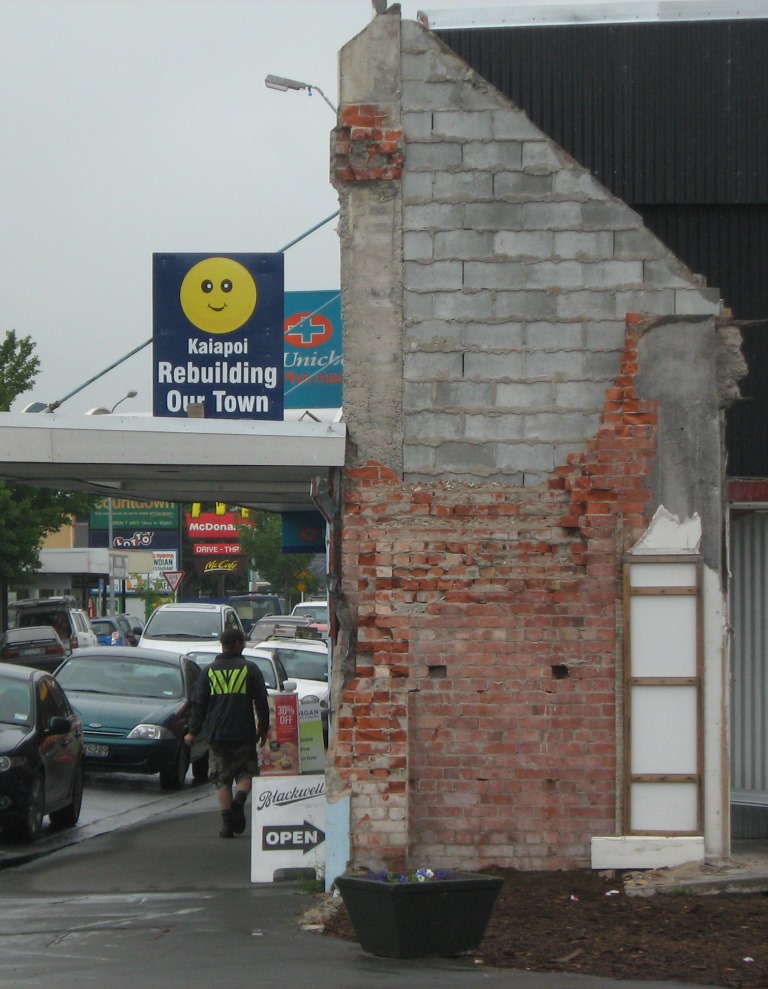 For the Kaiapoi Town Centre project, a Reference Group of community representatives was established to work alongside the design team and council staff. The group was made up of about a dozen people representing business, mobility impaired users, schools, emergency services and residents.
For the Kaiapoi Town Centre project, a Reference Group of community representatives was established to work alongside the design team and council staff. The group was made up of about a dozen people representing business, mobility impaired users, schools, emergency services and residents.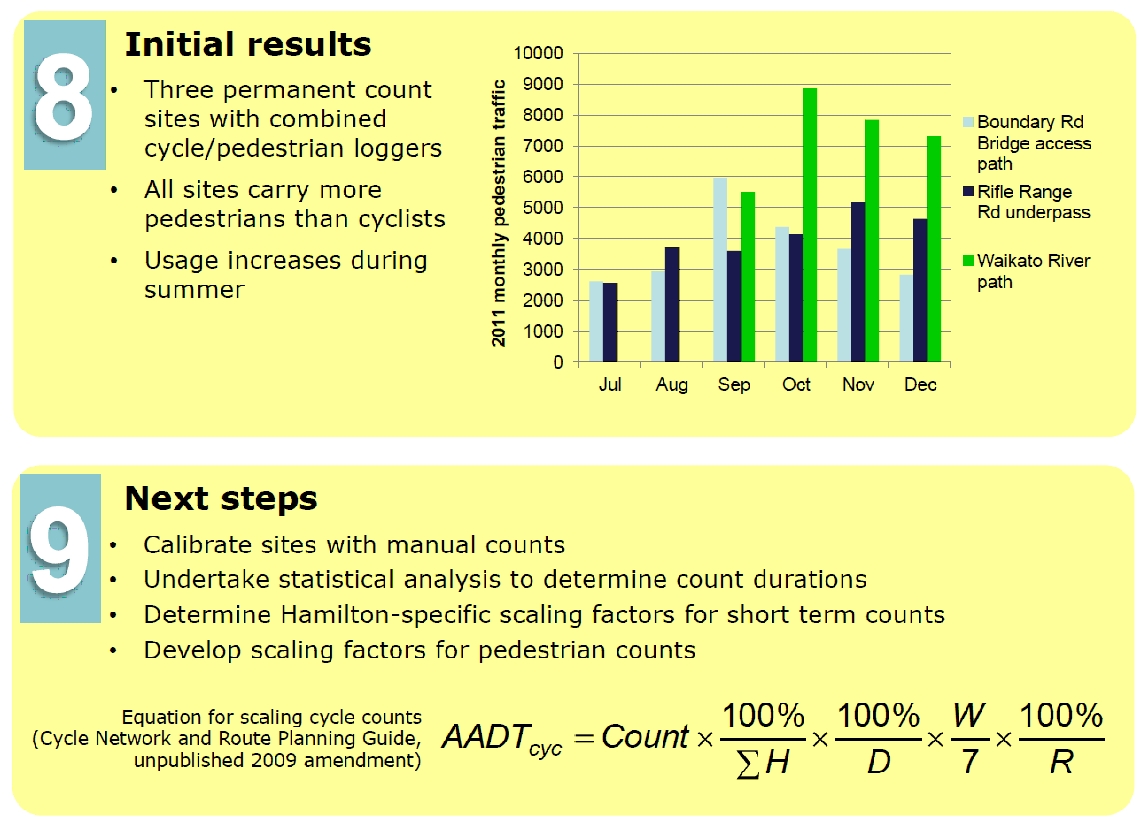 Following on from the 2008 NZTA funded investigation by ViaStrada into methods of
Following on from the 2008 NZTA funded investigation by ViaStrada into methods of 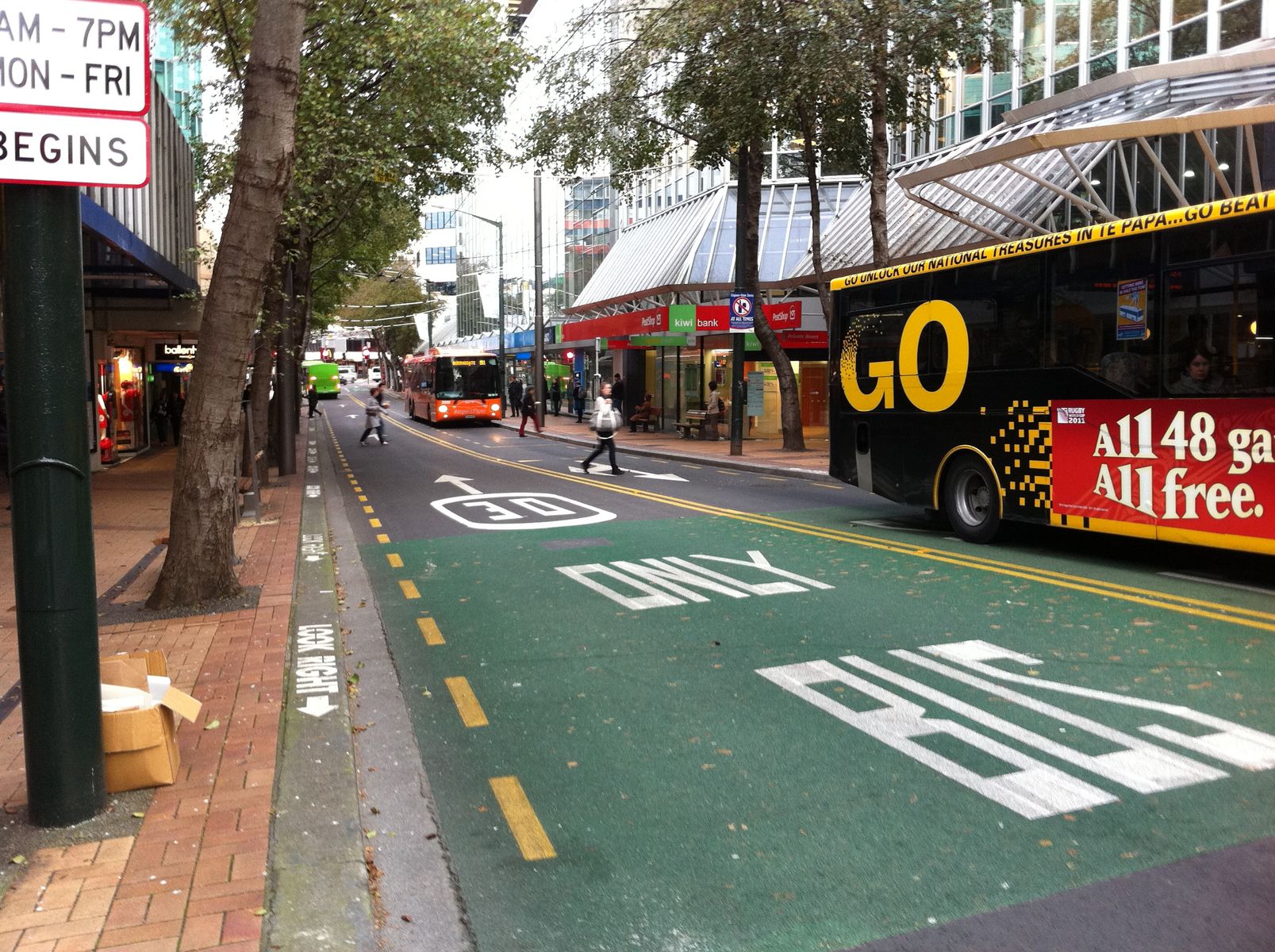 ViaStrada's Andrew Macbeth and John Lieswyn reviewed the Golden Mile corridor using the Safe Systems Approach, and controversially suggest a people and place focus ahead of vehicular movement.
ViaStrada's Andrew Macbeth and John Lieswyn reviewed the Golden Mile corridor using the Safe Systems Approach, and controversially suggest a people and place focus ahead of vehicular movement.